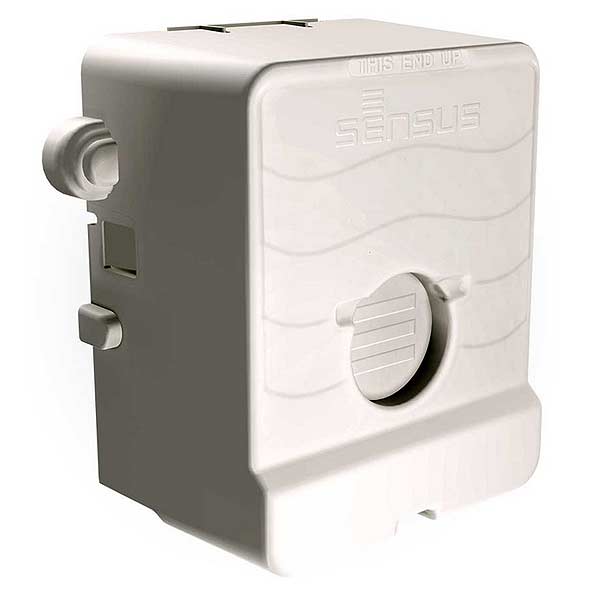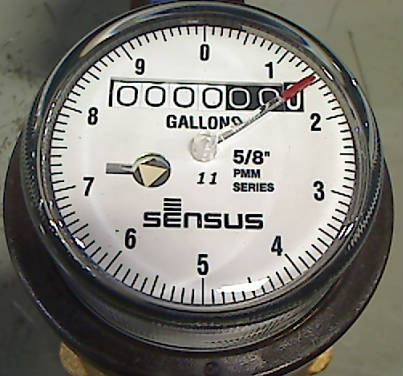

A showerhead leaking at 10 drips per minute can use more than 500 gallons of water per year.A leaky faucet that drips at the rate of one drip per second can use more than 3,000 gallons per year!.


It does require shutting off the water under the sink, and removing the handle. A washer is relatively easy to replace with the right tools. The washer on a sink is typically located under the handle. This type of leak can be seen simply by taking the tank top off and observing if water is flowing into the overflow tube once the tank is full.Ī leaking faucet is frequently the result of a bad rubber washer. If the float is set too high or if the shut-off valve fails to close completely, water will continue to enter the tank and flow into the overflow tube. The second most-common type of toilet leak is caused by an improperly adjusted or broken fill (ball cock) valve. If dye appears in the toilet bowl, the flapper valve in your toilet is leaking and should be replaced.Add some food coloring or a dye tablet to turn the water a different color.(Don't worry, this water is clean until it enters the bowl.) Carefully remove and set aside the tank lid.
#Remove dial sensus water meter how to
How to check for a leaky toilet flush valve (flapper): Most hardware, plumbing and home improvement stores supply flappers.

Most toilet leaks are caused by a faulty valve (also known as "flush valve ball" or "tank stopper"). A toilet can also waste water due to an improperly adjusted or broken fill (ballcock) valve causing water to enter the tank and flow into the overflow tube. A leaking toilet loses water from the tank to the bowl without being flushed. In a properly functioning toilet, no water should move from the tank to the bowl, unless the toilet is being flushed. This is almost 2 units of water a day and if left undiscovered, a running toilet can waste almost 60 units of water a month.įortunately, most toilet leaks are relatively easy to fix. Depending on the water pressure to your house, a running toilet can leak 1 gallon of water per minute which adds up to 1,440 gallons per day. Toilet leaks can range from small to large, constant to random, or from being heard or silent. According to the American Water Works Association, toilets account for 45% of all indoor water use in a typical residence. One of the most costly household wastes of water is a leaky toilet. If the drip is hot water, you are paying for wasted energy too. A toilet that "keeps running" after you flush or a sink that drips after it is turned off can waste thousands of gallons of water a year. If you have turned off all the taps in the house, and the meter appears to be turning, you may have a leak. With all the water turned off in the house, there should be no movement of the pointers or the dials on any of the meters. On the Sensus meter, the small black triangle located above the numbers is the leak indicator and will move in a clockwise motion when water is moving through the meter. The red pointer is what is referred to as the leak indicator and will move in a counter-clockwise direction when water is moving through the meter.


 0 kommentar(er)
0 kommentar(er)
